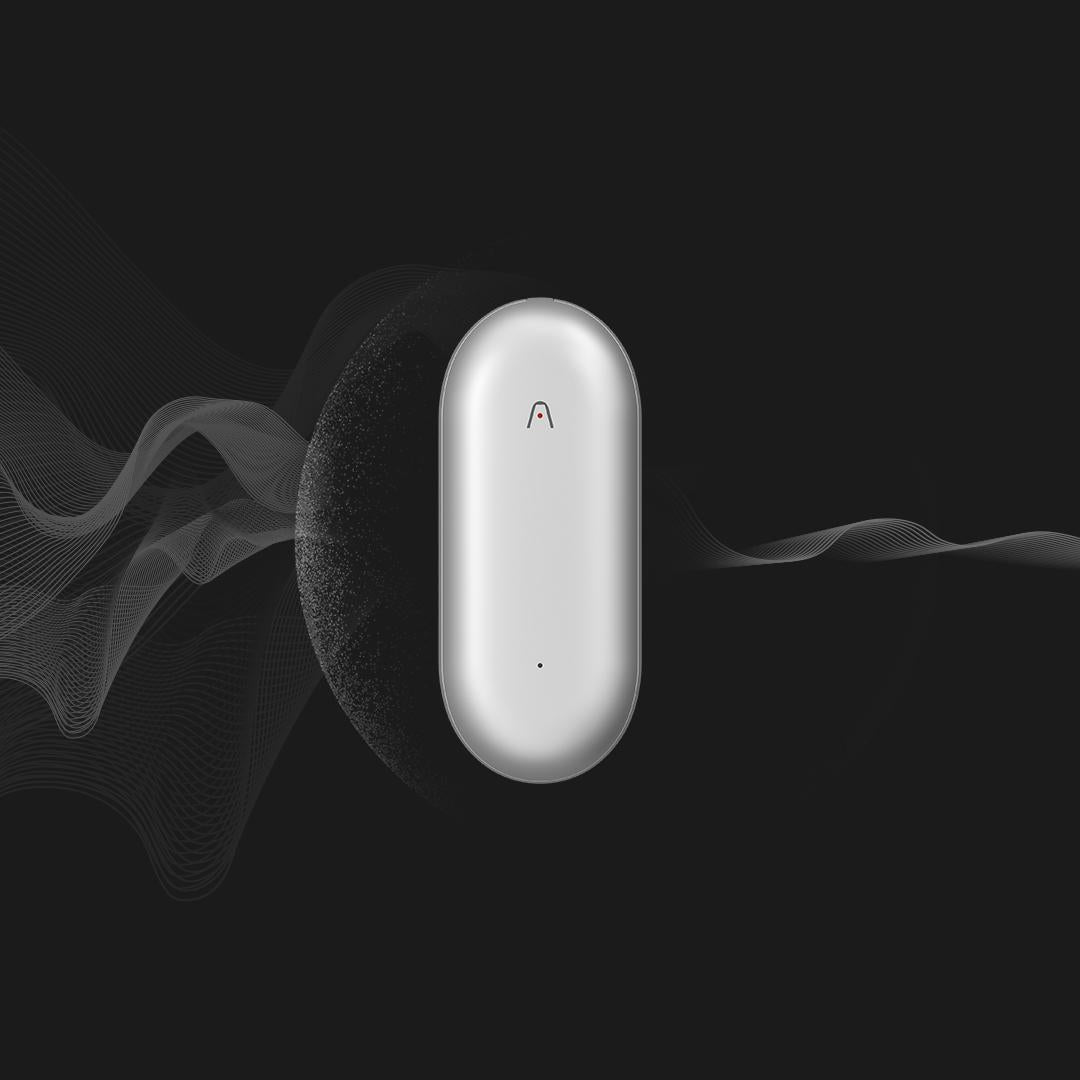Unlock Your Productivity: Discover the Ultimate Note-Taking Devices That Will Change Your Life!
In today's fast-paced world, effective note-taking is essential for enhancing productivity and retaining information. As our methods of communication and learning have evolved, so too have the devices we use to capture our thoughts. Gone are the days when a simple pad of paper and a pen sufficed; modern technology has introduced a plethora of note-taking devices that cater to various needs and preferences. This article aims to explore a range of note-taking devices, comparing their features and usability, to help you choose the best one that aligns with your personal and professional requirements.

The Importance of Choosing the Right Note-Taking Device
Choosing the right note-taking device is crucial, as it can significantly impact how effectively you capture and organize information. Students, professionals, and creatives all have unique needs when it comes to note-taking. For students, for instance, a device that allows for easy organization and quick access to notes is essential for managing coursework. Professionals may prioritize features that enhance collaboration, such as cloud integration and sharing capabilities. Creatives, on the other hand, might seek devices that allow for flexibility in their creative process, such as sketching or brainstorming ideas. Factors like usability, portability, and functionality should be considered, as these can directly influence your productivity and learning experience.
Types of Note-Taking Devices
There are several types of note-taking devices available today, each with its unique benefits. Digital tablets are popular for their versatility and range of applications, while smart notebooks offer a blend of traditional and modern note-taking. Traditional paper notebooks maintain their appeal for those who prefer the tactile experience of writing. Understanding the strengths and weaknesses of each device type can help you make an informed choice based on your specific needs and preferences.
Digital Tablets
Digital tablets have gained immense popularity among users looking for a modern note-taking solution. With features such as stylus compatibility, app integration, and cloud storage, these devices cater to a wide range of users. For instance, many students use digital tablets to take lecture notes, as they can easily annotate PDFs and organize their notes into folders. The ability to sync notes across multiple devices ensures that you never lose your important information, making digital tablets an excellent choice for tech-savvy individuals.
Smart Notebooks
Smart notebooks are a fantastic innovation that bridges the gap between traditional and digital note-taking. They offer the comfort of writing on paper while allowing users to digitize their notes effortlessly. With reusable pages and apps that can scan and store notes in the cloud, smart notebooks are an eco-friendly option for users who want to minimize their paper consumption. This feature is particularly appealing to environmentally conscious individuals who still appreciate the feel of pen on paper.
Traditional Paper Notebooks
Despite the rise of digital options, traditional paper notebooks continue to hold a special place in many people's hearts. The tactile experience of writing by hand can enhance memory retention and creativity, making it a preferred choice for many students and professionals. There are various styles and formats of paper notebooks available, from lined and blank pages to bullet journals and planners, catering to diverse preferences. Whether jotting down ideas in a meeting or sketching concepts, the simplicity of paper notebooks can be appealing and effective.
Comparative Analysis of Notable Features
When comparing note-taking devices, several key features come into play, including battery life (for digital devices), writing experience, storage options, and price points. Digital tablets may offer longer battery life and a variety of apps, but they often come with a higher price tag. Conversely, smart notebooks provide a unique blend of features, allowing for reusability while still offering digital integration. Traditional paper notebooks, while more affordable, lack the digital conveniences of their modern counterparts. Evaluating these features against your specific needs and how you plan to use the device can help you make an informed decision.
Choosing the Right Note-Taking Device for You
In summary, the choice of note-taking device can greatly influence your productivity and learning experience. From digital tablets and smart notebooks to traditional paper options, each type has its strengths and caters to different user needs. As you reflect on your own note-taking habits, consider how a suitable device can enhance your workflow and organization. Ultimately, the best note-taking device is the one that aligns with your personal and professional requirements, empowering you to capture and manage your ideas effectively.







Comentarios